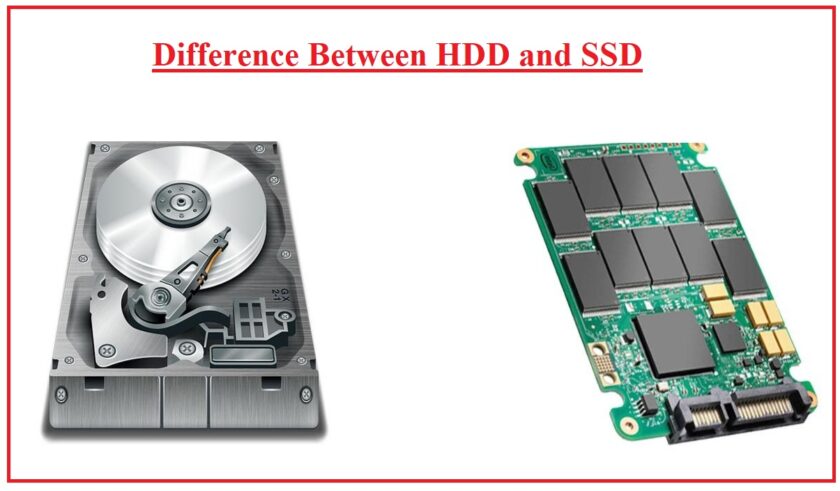Digital transformation strategies refer to the comprehensive plans and approaches organizations adopt to leverage digital technologies in order to improve business processes, customer experiences, and operational efficiency. In today’s fast-paced digital world, businesses must innovate continuously to stay competitive. Here’s a breakdown of key digital transformation strategies:
1. Customer-Centric Approach
- What It Is: A focus on using digital tools and platforms to enhance the customer experience (CX). This involves understanding customer needs, preferences, and behaviors through data analysis.
- Strategy:
- Implement customer relationship management (CRM) systems.
- Use AI-driven personalization to provide customized offers, products, and services.
- Gather customer feedback and optimize user experiences across digital touchpoints (e.g., websites, mobile apps, social media).
- Tools: CRM platforms like Salesforce, Zendesk; Data analytics tools like Google Analytics.
2. Data-Driven Decision Making
- What It Is: Utilizing data and analytics to guide business decisions, improve processes, and predict trends. Companies that embrace data-driven approaches gain better insights into market trends and customer behavior.
- Strategy:
- Collect data from various sources (internal systems, customer interactions, market research).
- Use big data analytics, AI, and machine learning to analyze patterns and make predictions.
- Build a data-driven culture where decisions are based on insights rather than intuition.
- Tools: Business Intelligence (BI) platforms like Power BI, Tableau; Machine learning platforms like Google AI, Azure Machine Learning.
3. Cloud Adoption
- What It Is: Migrating from on-premise infrastructure to cloud-based services for flexibility, scalability, and cost-efficiency. The cloud allows companies to store, process, and manage data more efficiently while reducing the need for physical hardware.
- Strategy:
- Migrate workloads and applications to cloud platforms (public, private, or hybrid clouds).
- Use cloud-based services like Infrastructure as a Service (IaaS) or Software as a Service (SaaS) for scalability and cost optimization.
- Ensure data security and compliance by using secure cloud environments.
- Tools: AWS, Microsoft Azure, Google Cloud, IBM Cloud.
4. Agile and DevOps Methodologies
- What It Is: Adopting Agile and DevOps practices to accelerate product development, improve collaboration, and ensure faster delivery of digital products. These methodologies emphasize continuous improvement and iterative development.
- Strategy:
- Implement Agile frameworks like Scrum or Kanban to manage projects more efficiently.
- Use DevOps to integrate software development and IT operations for continuous integration and delivery (CI/CD).
- Foster cross-functional collaboration between development, operations, and business teams.
- Tools: Jira (for Agile), Jenkins (for CI/CD), Docker (for containerization), GitHub.
5. AI and Automation
- What It Is: Implementing artificial intelligence (AI) and automation to streamline processes, enhance decision-making, and reduce manual workloads. This includes using AI for predictive analytics, chatbots for customer service, and robotic process automation (RPA) to automate repetitive tasks.
- Strategy:
- Use AI-powered tools for data analytics, fraud detection, and recommendation systems.
- Deploy chatbots and virtual assistants to improve customer service and operational efficiency.
- Implement RPA to automate routine tasks like data entry, invoice processing, and HR workflows.
- Tools: Automation Anywhere, UiPath, AI tools like IBM Watson, Microsoft AI.
6. Cybersecurity and Risk Management
- What It Is: As digital systems expand, cybersecurity becomes essential to protect data, systems, and networks from breaches and cyberattacks. A solid cybersecurity strategy ensures that digital transformation efforts are secure.
- Strategy:
- Implement advanced cybersecurity measures such as encryption, multi-factor authentication (MFA), and regular security audits.
- Use AI for threat detection and response.
- Create a culture of cybersecurity awareness through training and education.
- Tools: Firewalls (e.g., Palo Alto), SIEM systems (e.g., Splunk), AI-driven cybersecurity (e.g., Darktrace).
7. Embracing IoT (Internet of Things)
- What It Is: Leveraging IoT devices to gather data, automate processes, and improve operational efficiency. IoT enables businesses to monitor, track, and manage physical assets in real-time, optimizing logistics, maintenance, and resource management.
- Strategy:
- Use IoT devices to monitor and optimize supply chains, production lines, or field equipment.
- Integrate IoT with cloud platforms to analyze real-time data for predictive maintenance.
- Enhance customer experiences by using IoT for smart products and connected devices.
- Tools: AWS IoT, Google Cloud IoT, Azure IoT Hub.
8. Digital Workforce Transformation
- What It Is: Enabling employees to adopt digital tools, work remotely, and collaborate more effectively through digital platforms. This includes re-skilling and up-skilling employees to use new technologies.
- Strategy:
- Provide digital collaboration tools such as Microsoft Teams, Slack, or Zoom to enhance communication.
- Offer digital training programs to up-skill employees in areas like AI, data analytics, and cloud computing.
- Implement remote working policies supported by digital infrastructure.
- Tools: Zoom, Slack, Microsoft Teams, online learning platforms like Coursera, Udemy.
9. Mobile-First Strategy
- What It Is: Prioritizing the development of mobile experiences to meet customer needs and behaviors. As mobile usage grows, companies must ensure their services and products are optimized for mobile devices.
- Strategy:
- Design mobile-friendly websites and applications that offer seamless user experiences.
- Implement mobile payment systems and customer service tools (e.g., chatbots) optimized for mobile devices.
- Use mobile analytics to track user behavior and improve mobile engagement.
- Tools: React Native (for mobile apps), Google AMP (for mobile-optimized pages), Firebase (for mobile app development).
10. Digital Ecosystems and Partnerships
- What It Is: Creating or joining digital ecosystems where businesses, suppliers, partners, and customers can collaborate through shared digital platforms. This approach fosters innovation, opens new revenue streams, and strengthens partnerships.
- Strategy:
- Develop APIs to allow seamless integration with partner systems.
- Build or join platforms that allow for the exchange of services, data, and technologies.
- Leverage external innovation by partnering with startups, tech providers, and academia.
- Tools: API management tools like Apigee, MuleSoft.
11. Personalization Through AI and Big Data
- What It Is: Personalization involves tailoring products, services, and experiences to meet individual customer preferences and needs. AI and big data are used to analyze user data and deliver personalized recommendations.
- Strategy:
- Use machine learning algorithms to provide personalized product recommendations and offers.
- Implement dynamic content systems that adapt based on user behavior.
- Analyze big data to understand customer segments and deliver targeted marketing campaigns.
- Tools: Adobe Experience Cloud, Google Cloud AI, Amazon Personalize.
12. Blockchain for Transparency and Security
- What It Is: Blockchain technology can be used to enhance security, transparency, and traceability in digital transactions. It’s particularly beneficial for industries like finance, supply chain, and healthcare.
- Strategy:
- Implement blockchain to secure transactions, protect sensitive data, and prevent fraud.
- Use smart contracts to automate and secure business processes.
- Enhance supply chain transparency by tracking products from production to delivery.
- Tools: Ethereum, Hyperledger, IBM Blockchain.
Conclusion:
To successfully execute digital transformation, businesses must carefully plan and align their strategies with specific goals, technologies, and market demands. The key to success lies in focusing on customer experience, leveraging data, adopting emerging technologies, and creating a digital-first culture. By integrating these strategies, companies can increase efficiency, boost innovation, and maintain competitiveness in the digital age.






